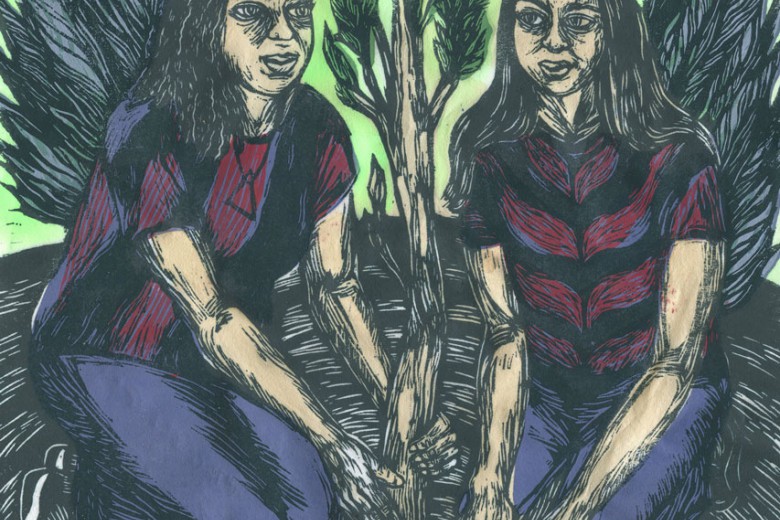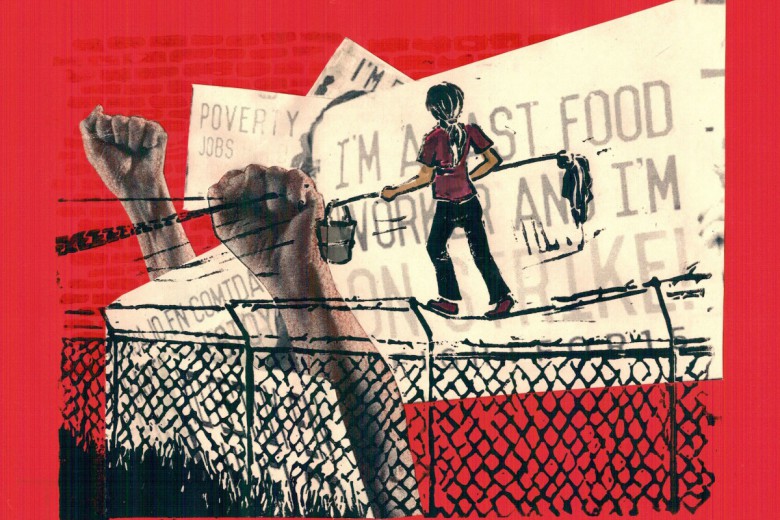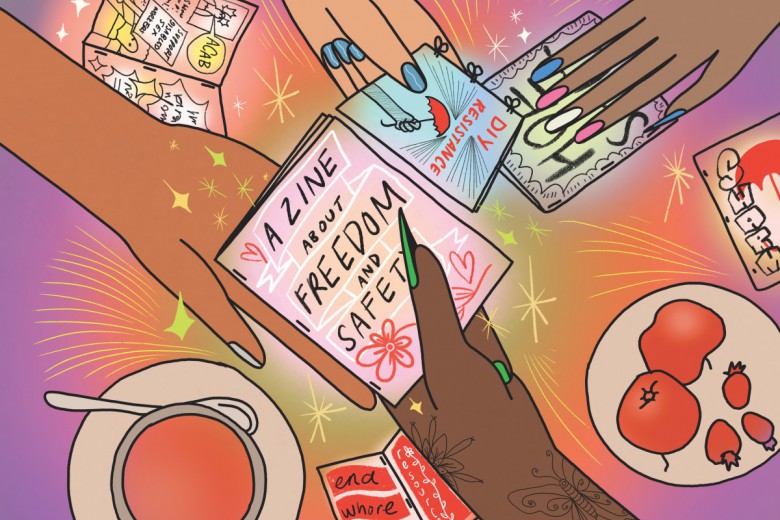I remember the exact moment I realized I had just spent the last five years of my life building the wrong type of *F*eminism (1). I was on a conference call with my fellow women-of-colour organizers when my 10-year-old daughter interrupted me to declare that she had friends who were “hooking up” with older boys and men online.
When the call was over, I asked her to expand on what she had said. As she described the “flirting” one boy had done with a friend of hers, I had to cut her off. There was another phone call I had to be on, and then emails and tweets to be posted. I told her we’d talk again after I got my work done, and sent her off to play. But in that moment, a heavy, gnawing sensation that had been in my stomach for a while dug in a little deeper.
It was not the first time that I had made my family wait in the name of work. There had been many weekends out of town, hours in front of the computer, and unexpected crises that had to be solved immediately. It wasn’t that I loved my job. Most of the work I was doing wasn’t even paid. And the stress was taking an incredible toll on my body. But it was “revolutionary.” It was “liberatory” and “world-changing.”
I’d seen the changes with my own eyes. Radical women-of-colour bloggers had claimed a space on the Internet, and Mami media makers (2) had achieved a presence at major media conferences. What started out as a handful of bloggers looking for friendship and support had become a political force that challenged a singular *F*eminist agenda for all women.
Ironically, however, my activism was doing nothing to address the potential gendered violence my daughter was facing, while leaving me little time or energy to help her as a mother. Instead of reaching out to her as she was and listening to her needs, I was expecting her to grow up and join me. I had made women-of-colour feminism the *F*eminism to follow – the singular movement around which she needed to shape her life and of which I was the leader. And as I ignored her needs, I also was ignoring my own: stretched dangerously thin between activism and parenting, my physical, emotional and mental health were at stake.
After a lot of thinking, I decided to approach three women in my life to help me by becoming my daughter’s tias. Tia is Spanish for aunt, but in the context of what I was looking for, a closer translation would be auntie, or sista-friend – an adult woman acting as a loving mentor to a girl. I had never had the support of a circle of women in my family. So in asking the three women to act as tias to my daughter, I was also asking them to become my family.
My daughter’s tias do everything that most aunts would do – pick her up from school, help with homework, babysit – but their role also includes helping her learn how to organize. All activists themselves, they share their knowledge with her through shared activities like listening to music or going to the museum. They help her participate in workshops at conferences and introduce her to organizing friends when she has questions they can’t answer.
As a result, organizing has become such a natural part of my daughter’s world that when boys ganged up on an injured girl at school, her first response was to organize with the other girls. A group of them formed a protective barrier around the injured girl, another group threw balls at the boys to keep them at bay, and another group went to get the teacher. My daughter told me later that these actions just made sense to her.
So far, the loving familia built around my daughter has not prevented other girls who know how to get around Internet parental controls from sharing their secrets with her. She still knows and interacts with girls who are more interested in hooking up than playing four-square. But now she has several sources of support as she works her way through life – people who are listening specifically for her voice, looking for her presence, and who help her make healthy, liberatory decisions.
In centring and prioritizing my daughter, societal pressure for me to be a supermother has eased. It’s opened space for creativity, ambiguity, and free time that I’d never had before. And more importantly, I no longer feel as if I am building the wrong thing. Every day I look at my daughter and the community that loves her and I know that we are building a world where the safety of 10-year-old brown girls is expected and normalized. How could that be wrong?
Notes:
1. *F*eminism: institution-based feminism, led by organizations such as the Feminist Majority and the National Organization for Women and by self-described “professional feminists.”
2. Mami media makers: radical women-of-colour organizers who recognize their motherhood (the mamihood) as a political identity that stands in stark contrast to the “mommyhood.”
A longer version of this article first appeared in the Summer 2010 issue of The Scholar & Feminist Online.






